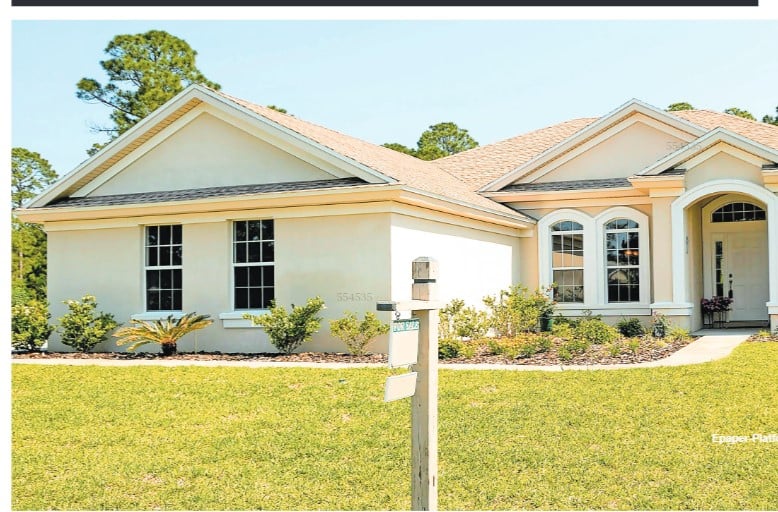Prime
Affordable housing is what we need

Affordable housing such as Bugolobi flats is the possible solution to the housing deficit. There is also need to promote the use of local construction technology. PHOTO BY STEPHEN OTAGE.
What is the difference between affordable and low cost housing?
Affordable housing is basically targeting a solution based approach to housing with basic amenities and it targets middle income groups (people earning between four to 20 dollars a day per the World Bank).
These are developed by private developers and government jointly, financed by traditional banking institutions and their rent should not exceed 40 per cent gross of the household income. The size of the dwelling unit should not be less than 28m2 to 112m2.
Whereas low cost housing is targeting the basic housing need of providing shelter aimed at lower income groups. These are developed by government agencies. They are financed by Microfinance institutions and their rent should not exceed 30 per cent of gross of the household income. The size of the dwelling unit should not be less than 28m2.
Why do we need affordable housing?
Right now, we are in a housing crisis and yet we have got population growth of 34 million people. We project to reach a population of 45 million people in 2020 and 2014, data shows that we have 7.7 million households in this country. It is something all stakeholders in the property market need to take note of and provide housing that is affordable for these people.
Secondly, the supply of stock is not keeping up with the demand because we have a housing deficit of 1.6 million units, 1.29 million of these units are in the rural areas and 211,000 of these are in our urban centres.
We have a requirement for 200,000 units every year of which 135,000 are in the rural areas and 65,000 in urban areas. Of the existing stock which is about one million permanent housing units, 900,000 of these are substandard and need to either be demolished, renovated or upgraded.
70 per cent of the housing supply currently is supplied by individuals and according to a report by the Centre for Affordable Housing Finance, we have about six modestly sized private developers and they had planned to build between 1,000 to 2,000 units each of the past five years unfortunately, they were only able to deliver between 500 and 1,000 units per annum over the past five years for the high to middle income segment.
Thirdly, the housing that is being built both for rent and selling is unaffordable which explains why people are now moving to slums.
The other reason is low growth in household incomes because over 60 per cent of the populations are earning less than Shs466,000 a month. To buy the cheapest house that is being built by a private developer, you need to be earning 1,000 dollars a month.
Who are the stakeholders in affordable housing development?
The struggle to resolve the housing crisis cannot be left solely to the private sector or the public sector but it should be a collaborative partnership with all the sectors and the community as a whole.
Private developers are important, financers are also critical, we need big scale contractors to deliver large scale projects plus land owners to avail land for this project and in this case, it would be good to use public land.
What opportunities are available?
Buganda Kingdom is one of the largest land owners; they have the opportunity to unlock the housing burden by availing land to developers.
CHALLENGES AND SOLUTIONS
1. The current supply is not targeting demand and this demand is mainly for those who are earning between Shs500,000 and Shs900,000 a month. This needs to be addressed.
2. Affordable housing keeps coming on the market but pressure for demand is putting the prices high because there are so many people chasing a few products and this ends up being unaffordable. So the way to get around this is to increase, the supply of affordable housing.
3. Lack of capacity with few developers with technical skills to construct large projects and affordable housing project is more profitable if it is large in scale. We also do not have long term funders willing to give their funds to short term projects. Until we get these two, we are going to continue getting a challenge in affordable housing. This made harder by no access to land and the high construction costs.
4. There is also low sensitization on what affordable housing really is and the available technologies to achieve this such as pre-fabricated developments which are able to last for 30 to 40 years.
5. Land tenure systems are another challenge where a lot of prime land is occupied by squatters thus discouraging developers because they do not want to deal with compensating the squatters.
6. Slow government intervention in the housing crisis in terms of tax holidays, subsidies, incentives, private public partnerships, development of infrastructure such as roads and other facilities.
7. Right now, private developers are taking on the burden that should be a municipal burden but because they are constrained financially, they are unable to take-up the cost so this is adding between 15 and 20 per cent on to the price of the affordable units.
The numbers
According to the Kampala Psychical development plan of 2012, 69 per cent of Kampala’s population lives in rented accommodation. Right there is your target market for affordable housing.
In total, Kampala needs 700 to 800,000 new housing units comprising over 400 of middle to high income earners and 300,000 of affordable accommodation over the coming decade. Between now and 2020, we need 2.5 million housing units or we will end up in a worse housing crisis and we all have a role to play in this.




